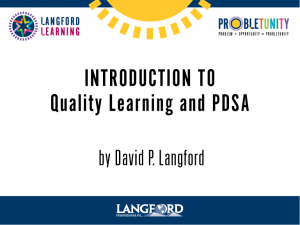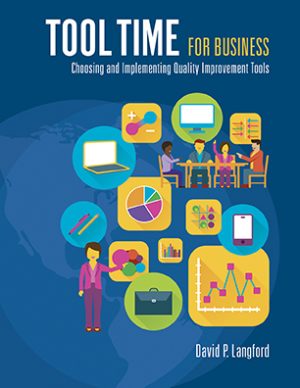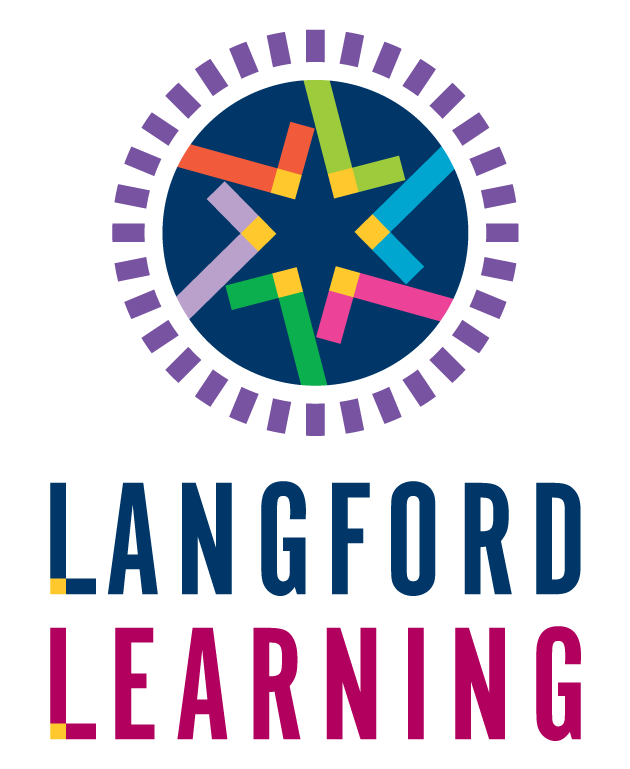Carrots, Sticks, or Prevention?
- David Langford
- Business, Education, General
- 0 Comments

Not long ago, I was asked to run a workshop for a group of administrators to address the issue of “carrot and stick” management in their school district. I encouraged them to brainstorm ways to prevent behavior problems in their schools, instead of spending their time sopping up metaphorical spilled milk. Yet after only a few hours of group work, one of the principals called me over to his table and whispered, “I’m totally lost.”
When I asked him to clarify his face went blank. “Look, I can’t think of any way to curb behavior without punishments and rewards. My brain just doesn’t think like that.”
I hear similar stories from teachers and administrators throughout the world, and honestly, they’re right. Their brains don’t work like that. Yet. Growing up, detention and rewards were as much a fixture of my public education as chalkboards, school busses, and cafeteria milk. Most of us were raised with carrots and sticks, and at school, we learned to manage classrooms, then whole districts with the same philosophy. Clearly, we know how to manage, but management will only get us so far. The real question becomes: do you know how to be a leader in the prevention of unwanted behavior?
“First of all,” I told the confused principal, “you have to change the situation.” The easiest way to start is to simply pay attention to where you spend your time. Leave the current systems in place to allow them to focus on doing the job of managing the situation. Don’t schedule more meetings to determine punishments for tardies or reward systems for honor roll students. Instead, take that time and use it to study the situation. Why do students show up late to class, act out on the bus, or disrespect the young English teacher?
Sandy Powlege, a veteran of bus discipline and author of the story The Bus Blues, started simply by gathering data on the current situation. She then invited all the bus-riding students and their bus drivers to a meeting, where she presented them with the number of bus driver complaints for the previous year: 469. They were shocked. By leading them through a few tools—including a Five Whys, Affinity Diagram, and Plus Delta—Sandy helped them identify why they wanted better bus rides, and how to go about getting them. She continued to record data for the following year, monitoring the situation, and at the end was thrilled to see the number of complaints drop from 469 to a mere 43.
Like Sandy, we must begin to think upstream. How can you prevent this behavior from happening in the first place? What systems do you have in place for the first week of school, the first day of a new class? How can you begin training students to act in the way you actually want instead of letting the behavior happen, and then trying to manage the result? The term “discipline” actually means “training,” so begin to think about all discipline steps as just another way to train students to follow through with the right behavior.
Just like the principal had to switch his own thinking, we must begin retraining the way we all think about punishments and rewards.
David P. Langford
CEO, Langford International, Inc.
©2020 Langford International, Inc. All rights reserved.
Contact us: office@wp.langfordlearning.com
-
 Introduction to Quality Learning and PDSA$497.00
Introduction to Quality Learning and PDSA$497.00 -
 Tool Time for Business$75.00
Tool Time for Business$75.00 -
 Tool Time for Education$75.00
Tool Time for Education$75.00









